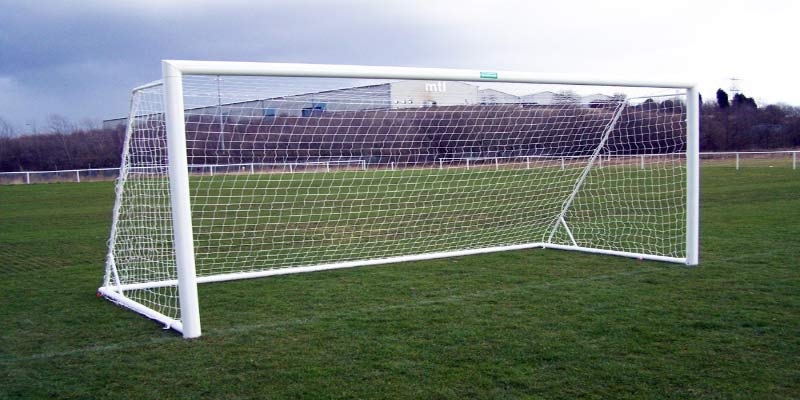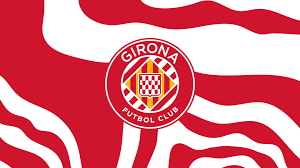
Do You Know About Goal Post in Football? Find Out Now
In football, the goal post is more than just a structure of poles and a crossbar; it represents aspiration, competition, and the very heart of the game. Whether players are defending or striving to score, the goal post is central to the action. In this post, we’ll delve into its various types, regulations, and its pivotal role in shaping thrilling match moments. For an exciting and reliable betting experience, visit 123b.restaurant to enjoy the thrill of the game beyond the pitch.
Introduction to Goal Post in Football
The goal post serves as more than just a physical boundary within a football field. It represents the ultimate objective for each team—their primary goal is to score by placing the ball between these two vertical posts and beneath the horizontal crossbar. As such, the goal post embodies triumph, defeat, and sometimes even heartbreak. Understanding its significance allows fans and players alike to appreciate the sport on a deeper level.
A goal post consists of two upright posts, known as the goal posts, and a horizontal bar that connects them at the top, forming a rectangular opening. The standard dimensions of a goal post are crucially defined by various football associations and governing bodies, ensuring uniformity across the game. This regulation has been instrumental in shaping the dynamics of competitive play.
As we delve into the specifics of goal posts, we will uncover how their design influences gameplay, how regulations shape their use, and the pivotal role they play in both scoring and defensive strategies.
The basic role of the goal post
The most straightforward function of the goal post is to serve as the target for scoring. Each team attempts to maneuver the ball into the opposing team’s goal, with successful attempts leading to goals. However, the psychological aspect of the goal post cannot be overlooked—its mere presence can instill both fear and motivation in players depending on the game’s situation.
The goal post also plays a vital role in the positional strategy of the game. For attacking players, it serves as the benchmark for aiming their shots. A forward must consider angles, speed, and trajectory, all while keeping the goal post in mind during their offensive maneuvers. Conversely, defenders focus their efforts on blocking access to the goal post, often putting their bodies on the line to prevent an opponent from scoring.
How the goal post influences a match
Countless matches have hinged on the presence, absence, or positioning of the goal post. A slight miscalculation in angle can lead to a missed opportunity, while an unexpected bounce off the post can create a moment of chaos, allowing another player to seize the moment. These dramatic scenarios add layers of excitement and unpredictability to the sport.
Moreover, the goal post can evoke strong emotional reactions—not only from players but also from spectators. A near-miss can result in sighs of disappointment, while a well-placed shot resulting in a goal can ignite euphoria among fans. This emotional connection elevates the experience of watching football, making every match a roller coaster ride of highs and lows.
Types of Goal Posts and Materials
When talking about goal posts, one must recognize that they come in different shapes, sizes, and materials. Each variation has distinct implications for gameplay and aesthetics.
Different types of goal posts by size and design
Although there are universal standards for goal post dimensions in professional leagues, variations exist to accommodate different levels of play. Youth leagues may utilize smaller goal posts to suit younger players, while adult amateur leagues might opt for full-sized models.
The design of goal posts can also vary significantly. Some leagues prefer traditional designs that consist solely of metal frames, while others might integrate additional features like netting systems. These nets are essential as they help to confirm whether a goal has been scored by catching the ball after it crosses the plane of the goal.
Additionally, goal posts may differ visually based on the culture or identity of the teams using them. Custom colors or markings can be added to enhance the aesthetic appeal, creating a unique atmosphere that resonates with fans.
Common materials used for goal posts
Materials play a crucial role in determining the durability and functionality of goal posts. Traditional goal posts are typically made of galvanized steel or aluminum, both of which offer strength and resistance to weather elements. Steel posts are particularly favored for their robust characteristics, making them less susceptible to damage over time.
In contrast, lightweight materials are often used for portable goal post, especially in training sessions or informal games. These may include PVC or composite materials that allow for easy transport without compromising safety.
Another innovative material gaining traction is fiberglass, which offers a balance of durability and flexibility. Its lighter weight allows for easier installation and movement, appealing to teams that frequently relocate their practice facilities or engage in community outreach events.



